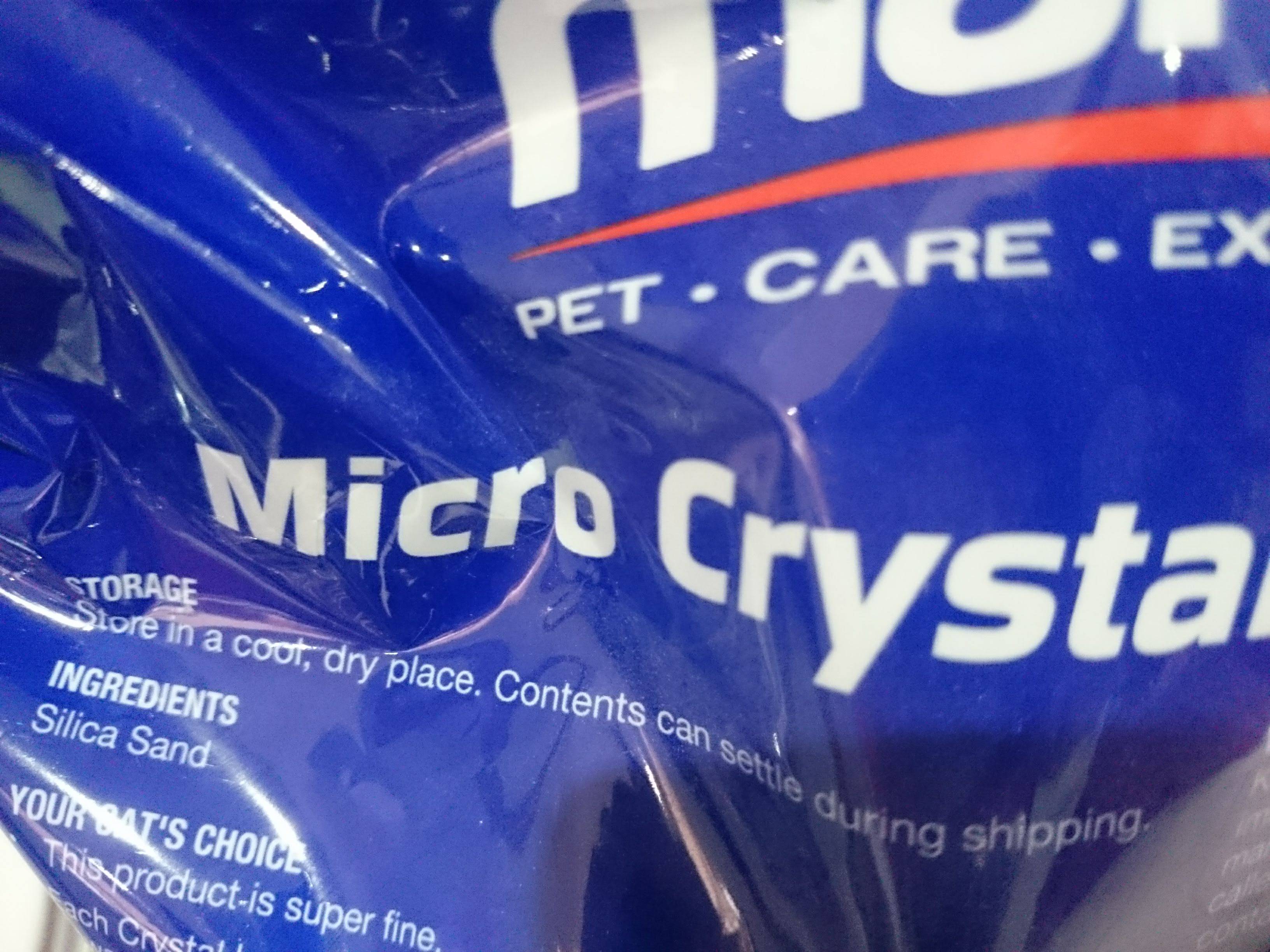I'm seeing various articles on the web claiming that silica sand may be harmful to humans / cats, especially when inhaling the dust it creates.
Quartz silica (sand), the other ingredient in most clumping litters, is a known carcinogen for both humans and household pets when inhaled.
Source: https://www.care2.com/greenliving/the-dangers-of-clumping-cat-litter.html
This question was posted in 2010, so 9 years old already, maybe there's more literature on the subject by now?
I sometimes worry about breathing in the dust from cat litter. Have there been any studies or are there any health concerns on the danger of breathing in litter dust, either for me or my cats?
– April 15, 2010
https://www.drweil.com/health-wellness/balanced-living/pets-pet-care/is-kitty-litter-dangerous/
This one says research has shown without pointing to the actual research:
Sadly, silica litter puts our feline counterparts at risk whenever nature calls. Silica dust can be kicked up and inhaled by both cats and humans. what’s worse, silica crystals often stick to cats’ paws, and the dust frequently settles on their fur, leading to ingestion whenever a cat grooms itself. And while many clay litter users still aren’t fully aware of the dangers associated with crystalline silica, the research is decidedly more certain.
https://www.swheatscoop.com/the-dirt-on-dust-the-dangers-of-crystalline-silica-and-silica-dust/
Another one from a somewhat more reputable-looking site:
Crystalline silica cat litter is one of the newest types of absorbent litter on the market. It works by absorbing your cats urine and "drying" it eliminating the smell and keeping the litter dry. This type of litter is quite popular due to it's ease of use. However, some health concerns exist. Silica dust contains silica particles and is a known human carcinogen according to the International Agency on Cancer. Breathing in this silica dust may pose a health risk to you and your cat.
Prolonged exposure to crystalline silica dust has been associated with silicosis (a non-cancerous, sometimes fatal lung disease), bronchitis and tuberculosis in humans.
In cats, inhaling the silica dust can cause respiratory infections. If your cat ingests the silica while cleaning its paws, the silica may accumulate in your cat's intestines over a period of time causing health problems. When ingested, the litter will expand and absorb moisture in the intestines preventing the absorption of nutrients as well as cause dehydration and blockages.
The cat litter I bought for our new kitten contains silica sand, it's very convenient as it controls odours and lasts for almost a month before having to replace it.
Is there any truth to silica sand based litter dust being hazardous to human or cat health? I'm assuming clumping clay is just another word for silica sand or is that actually a different type of cat litter, is it true?
